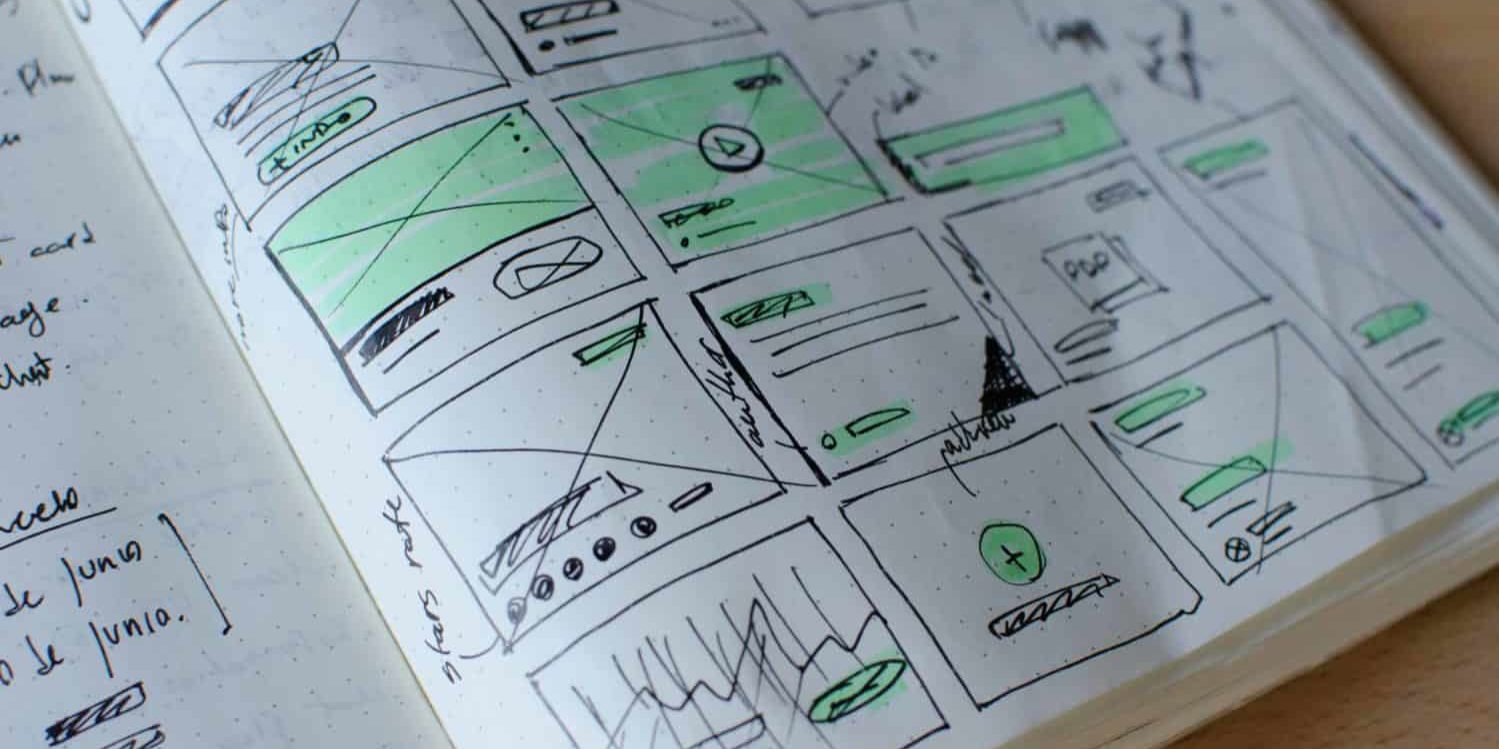Like most software companies, you probably start your competitive intelligence (CI) efforts by looking at competitors’ websites. They are the natural place to start when trying to uncover the prices and value propositions that make up your competitors’ monetization strategy. However, the information you will get from snooping around these sites represents only a fraction of the strategic and tactical knowledge you need to outmaneuver them.
Sure, competitors’ websites are full of details about the product, its marketing messages and its pricing. You’ll usually find good information on product benefits, features, starting pricing and how to buy. For example, many software firms have pricing information on their websites for the first year of their subscription, with a comparison of features for various levels. And if they are using discount tiers, they may even share those on their site.
This can give you some indication on how prices are first positioned in larger deals. But no rival publishes all the information you need to compete effectively against them, and — despite how helpful it would be to you — they certainly don’t advertise actual net prices paid by their customers. And because the typical software company lacks a structured and disciplined discounting approach, large transactions can vary widely. Are deals surcharged (i.e. sold over list) or discounted heavily? Or both? In what circumstances? You won’t find those answers on their website.
What Your Competitive Intelligence Really Needs to Uncover
To best inform your own pricing strategies, there are five critical pieces of information you really need to know about your competitors:
1. Volume discounts
Few competitors publish prices beyond a few hundred units. This leaves you mostly blind in larger deals, especially enterprise deals.
2. Competitive discounts
Discounts specifically targeted to encourage prospects to avoid doing business with you or other specific competitors. These are rarely mentioned on websites but really come in handy, so your team better understands net prices paid in these scenarios.
3. Real-world product performance
Most of your rivals have decent products or they wouldn’t be able to compete against you. But are the features as complete as claimed? How about ease-of-use? Do they communicate with other key applications? Do customers perceive that the benefits of the rivals’ offerings are the same as the vendor claims? In one recent project, we discovered a competitor’s Artificial Intelligence engine was actually an overseas team performing manual translation of audio recordings, which they used to claim feature parity. Discovering this enabled our client’s sales team to easily debunk the feature parity claim.
4. Customer support performance
Customers often switch vendors if support is inadequate. Rivals can claim that they offer a 24-hour hotline, but what is the time to resolution, not just time to answering the email or the phone?
5. Are you a target?
Is the competitor crafting their marketing messages and sales pitches to capitalize on your weaknesses? Are they discounting more when you are competing? Is this because both firms are targeting the same customer segments?
Real Competitive Intelligence is a Competitive Advantage
Often, CI is limited to secondary research that can be uncovered in various public or published sources (e.g., news releases, annual reports, articles, published reports, etc.). Like competitor website reviews, this is useful, but incomplete.
The most effective type of CI involves primary research that generates insight from live conversations with knowledgeable individuals. This can include speaking with industry experts, employees at rival firms and even their customers (NOTE: This should never involve fake identities, impersonating a customer or prospect, or any other unethical method. Doing so can easily backfire or create a business risk. See The Secret Dangers of Competitive Intelligence Gathering). This takes patience, creativity and the ability to deal with counter-intelligence teams at larger organizations. It also means conducting interviews in native languages, especially in EMEA (Europe, Middle East and Africa) and APAC (Asia Pacific) regions.
Armed with the Right Knowledge, Competitive Intelligence Can Have a Powerful Impact on Your Pricing Strategies
Dissecting large transactions and generating insight from multiple people inside and outside a competitor organization allows CI experts to put together the complex mosaic of what really happens when list prices hit the street. Effective CI is part science and part art, but armed with this knowledge, you will be in a much stronger position to tune your licensing, packaging and pricing in ways that give you a distinct competitive advantage.
Learn About Our Competitive Intelligence Services
To learn more about Software Pricing Partners or our Competitive Intelligence services, please contact us. We’d be happy to discuss your situation.
